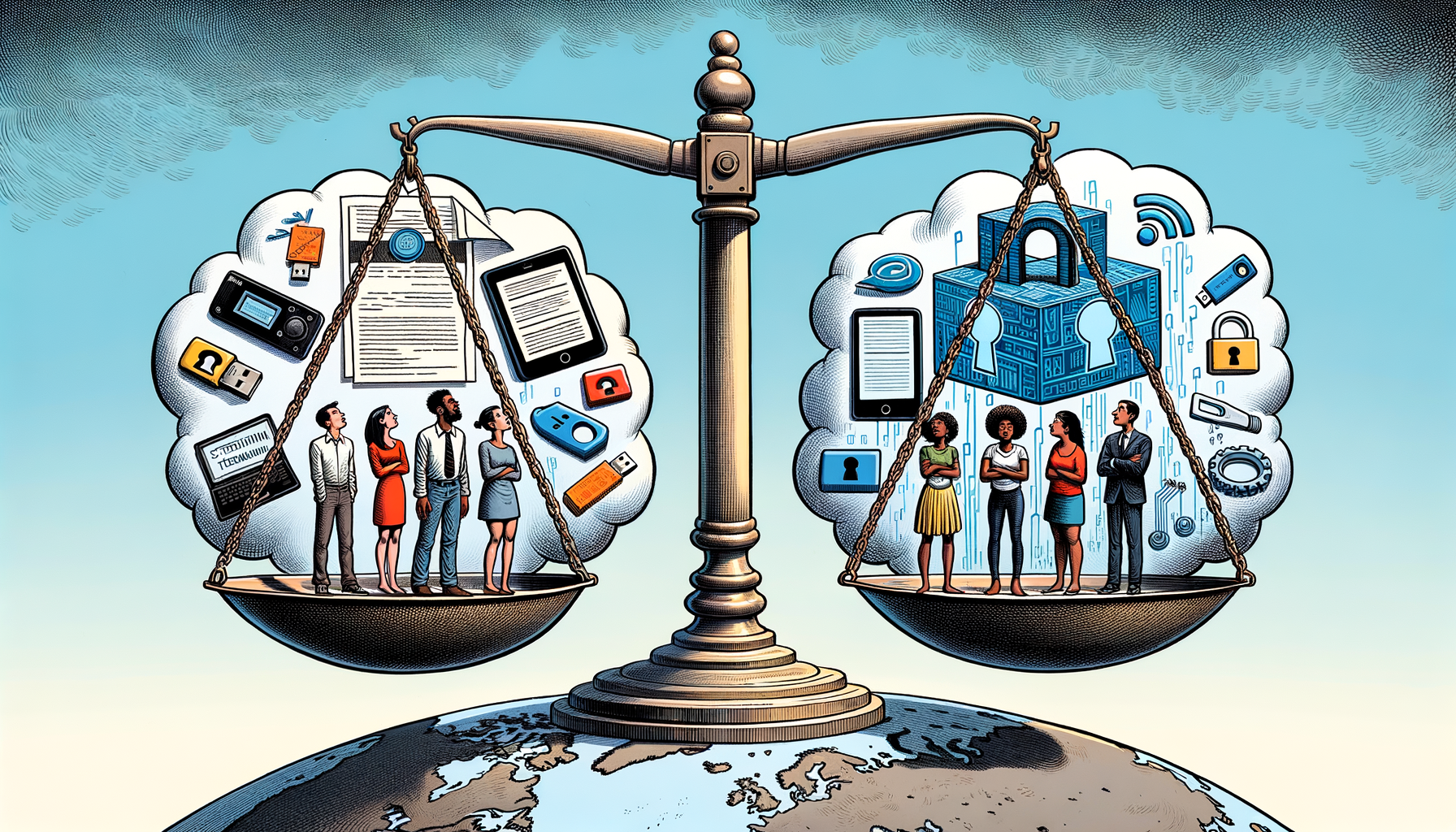Digital Shadows: Balancing Security and Freedom
26th March, 2024
In this digital age, the delicate dance between ensuring national security and preserving personal freedom has never been more complex. The injection of advanced technologies such as digital watermarking and steganography into the fabric of global communication and data exchange has sharpened this dilemma, presenting both unprecedented opportunities and profound challenges.
Digital watermarking, a technique ingrained with cryptography, invisibly embeds data into digital media, ensuring content authentication while steganography hides the very existence of communicated information, making it invisible to the uninitiated. These twin tools of the digital era have increasingly become central to national security strategies, aiming to counter cyber threats and bolster intelligence capabilities. Yet, their application teeters on the edge of infringing upon the sacrosanct principles of personal privacy and freedom, sparking heated debates across the globe.
The implementation of such technologies by nations worldwide presents a contentious battlefield, juxtaposing the imperatives of safeguarding state interests against upholding individual liberties. The absence of a cohesive legal framework to govern these digital tools only adds fuel to the fire, leading to a global scramble to find an equilibrium that does not compromise democratic values.
Technological prowess in the realms of digital watermarking and steganography positions nations at a strategic vantage point in the ever-intensifying digital arms race. However, it necessitates ethical stewardship to prevent the erosion of privacy and civil liberties. National legal landscapes remain a patchwork of regulations, insufficient in addressing the nuanced challenges introduced by these technologies.
Moreover, the integration of artificial intelligence and blockchain technologies with digital watermarking and steganography hints at a future where the lines between securing national interests and encroaching upon personal freedoms become increasingly blurred. This technological evolution demands a governance paradigm that emphasizes ethical oversight, transparency, and multilateral cooperation, ensuring that advancements serve to enhance, rather than compromise, global security and democracy.
As nations grapple with the implications of these digital innovations, the call for international collaboration and consensus-building grows louder. The establishment of global norms and standards is imperative to mitigate the risks of a fragmented security architecture and foster an environment where technology bridges the gap towards more secure and open societies.
The nuanced deployment of digital watermarking and steganography encapsulates the complexities of balancing national security with personal freedom. This equilibrium is a multifaceted challenge, demanding a harmonized approach that navigates the intricate interplay of technology, law, ethics, and geopolitics. As we move forward, the collective wisdom and concerted efforts of the global community are crucial in forging a digital landscape that upholds security, integrity, and liberty for all.
Transform Innovation Into Strategy
Reach out to discover customized solutions and strategic insights for your business. Contact us below.

